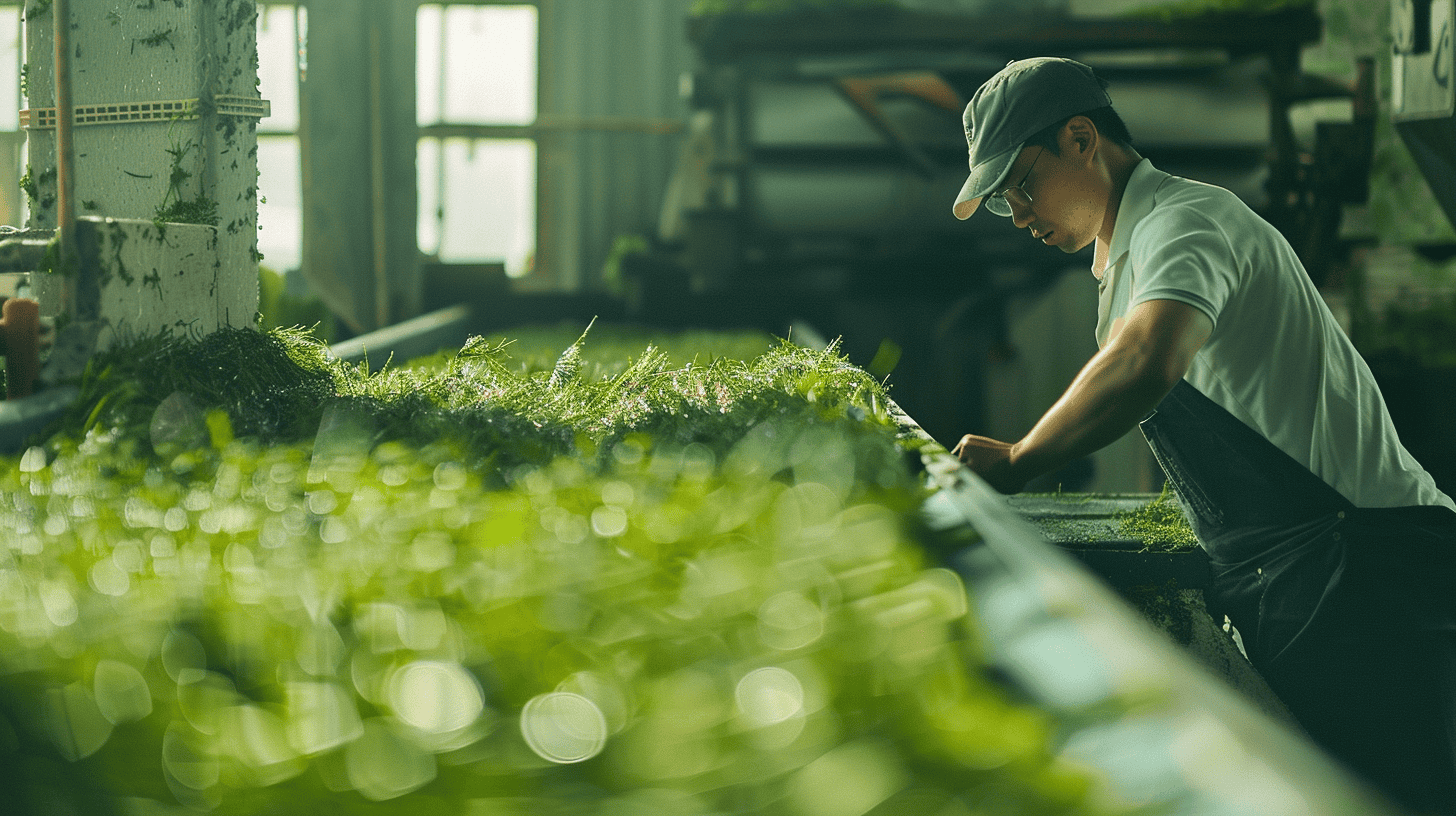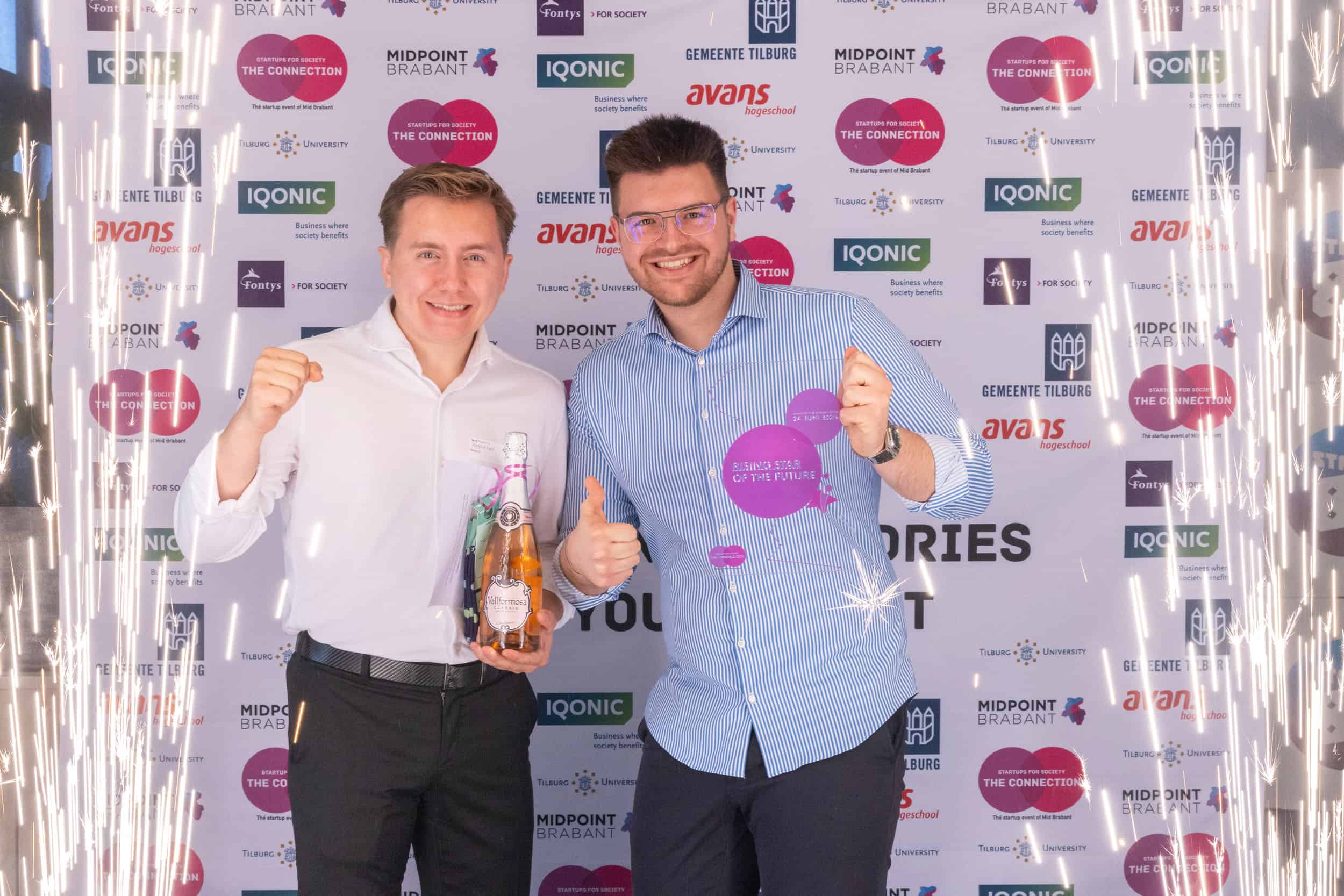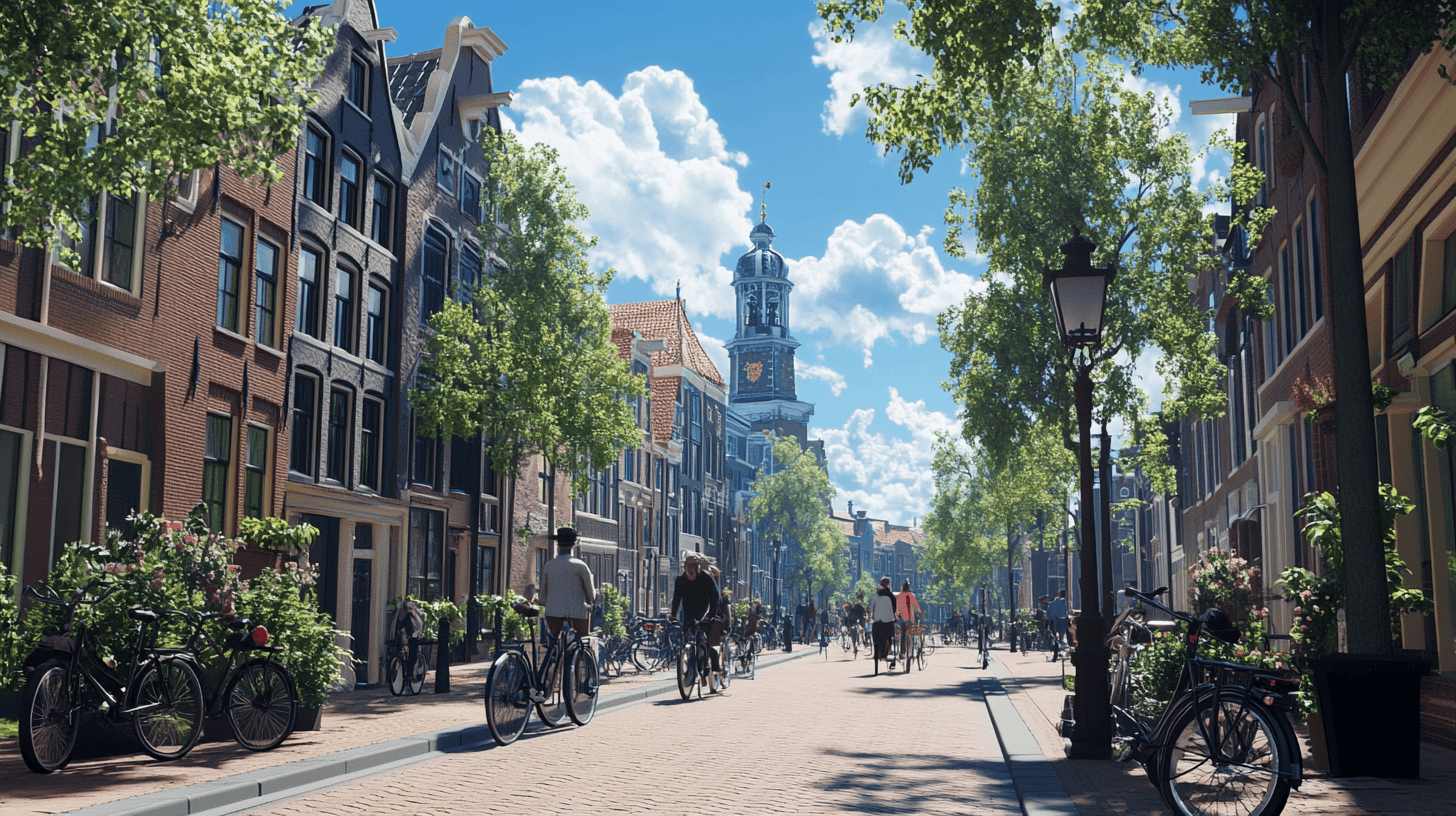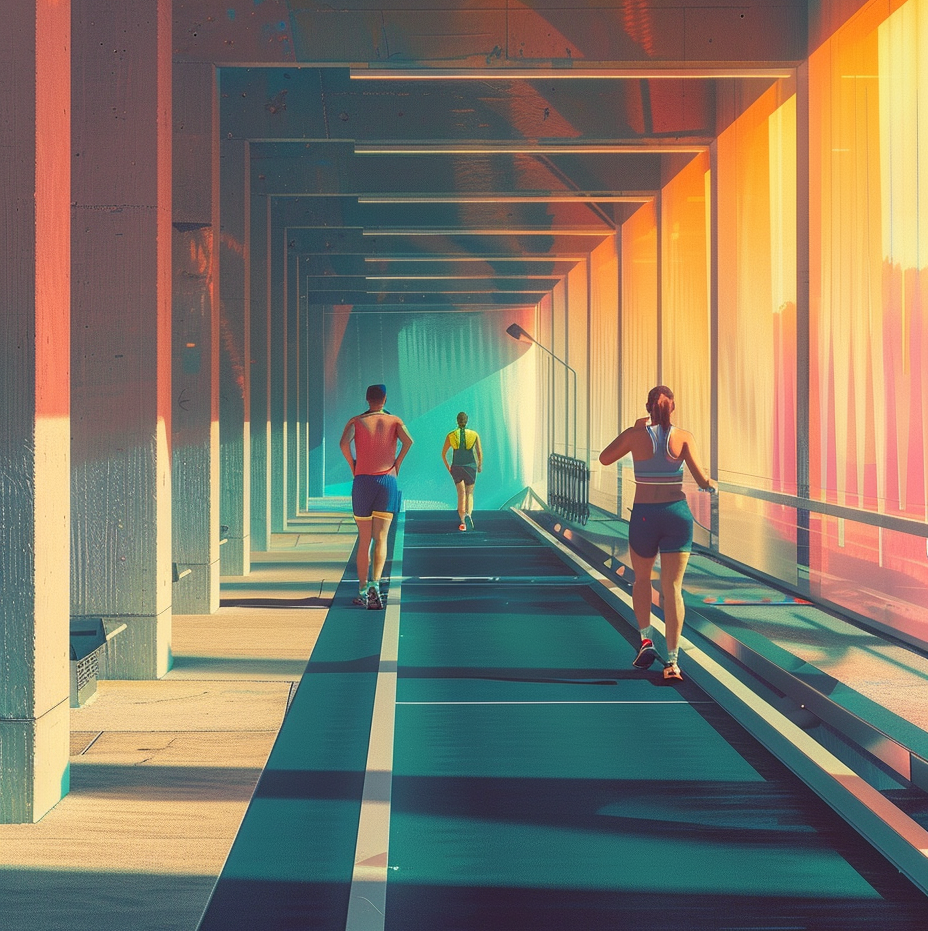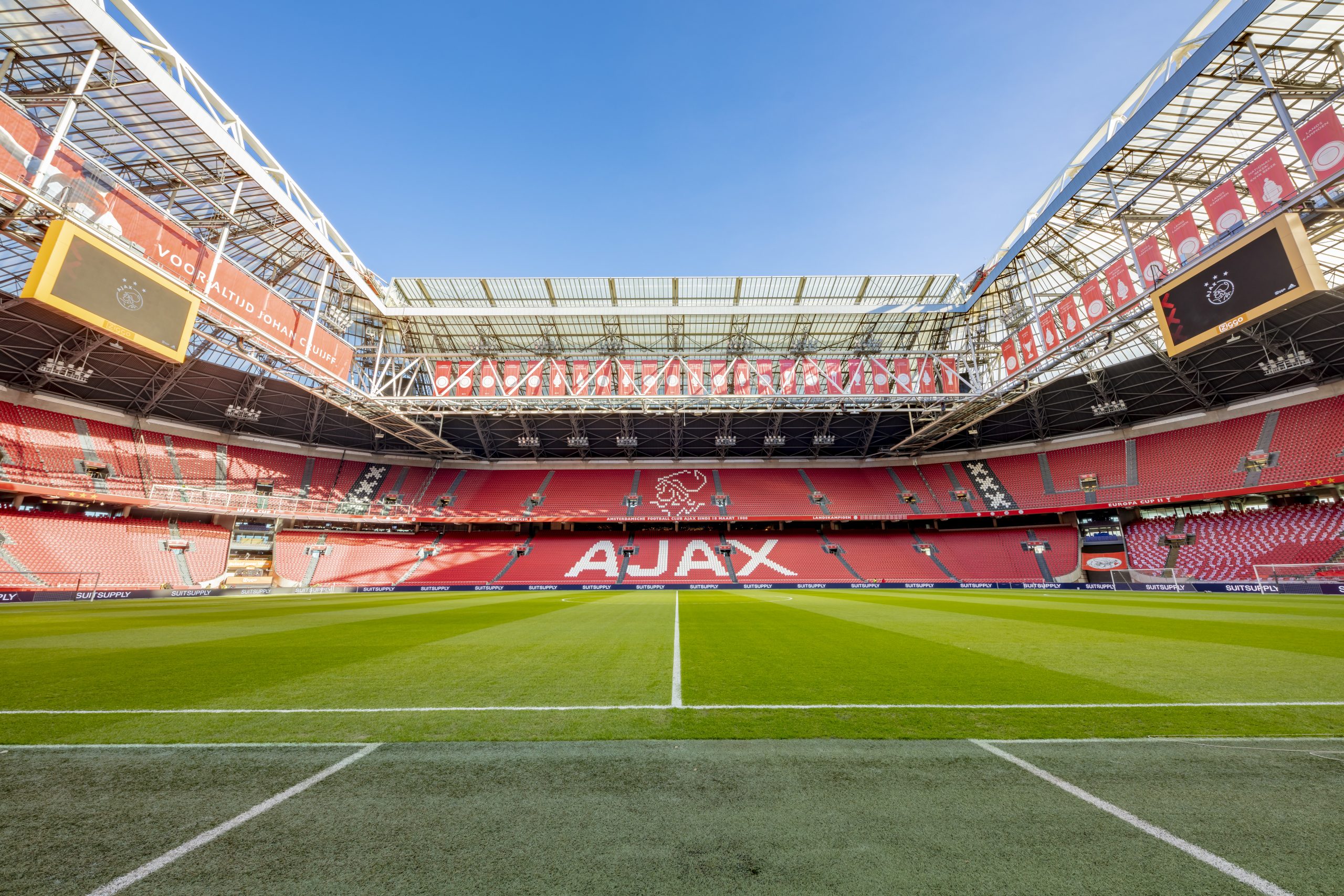
Thanks to partners like Holland Innovative and Microsoft, Johan Cruijff ArenA’s ecosystem serves as a platform for innovation. Together, they developed a state-of-the-art platform, continuously monitoring the grass conditions, and translating this data into insights for daily operations. This technology improved the quality of the pitch significantly while using fewer resources. The pitch platform is the Internet of Things in practice and shows a lot of scaling potential towards other stadiums, other buildings (like smart housing), cities, and even other industries, like agriculture, Holland Innovative’s Joep van Cranenbroek says.
“I think that what we do at the Johan Cruijff ArenA provides a true learning environment, a living lab for different sectors”, Van Cranenbroek says. “Looking at the technology, we learned how to do it in the right way, we could copy this directly to other situations. The knowledge we gained is also useful for countries where it is more challenging to grow crops, for instance.”
The Johan Cruijff ArenA builds on the best of many worlds: large open innovation programs at frequent intervals, SME and corporate partners, a living lab to test and implement, and an international network to scale. The development of the digital twin of the pitch is a great example of a successful combination of Internet of Things technology, the right partners, and applying an agile way of working towards the implementation.
“We learned how to do it in the right way, we could copy this directly to other situations.”
Joep van Cranenbroek, Holland Innovative
In Amsterdam South-East, the stadium and its partners are testing and growing solutions for societal and business challenges in the field of mobility, crowd control, security, fan experience, sustainability, open platform collaboration, and citizen wellbeing. The platform and dashboard offer a tangible example of how state-of-the-art technology is directly adding value.
Its high-tech system monitors the grass continuously, using 40 sensors that measure temperature, light, the humidity of soil and air, wind speed, rainfall, and the number of salts and minerals present in the soil. Every time the grass is mowed, an automatic ‘crop scan’ is carried out. Measuring the speed of the ball, the degree of the bouncing ball, and the hardness or smoothness of the field are giving extra information.
Smart Soles
40 sensors in and around the pitch are accompanied by a few more right in the shoes of the grass team. Read more about these Smart Soles here.
A clear visualization translates the information from the office to the grass team and technical staff. Field Manager Paul Baas: “The dashboard helps us make predictions about what the pitch will look like in the future. With this dashboard we try to objectivize this quality, to remove the ‘gut feeling test’. The ArenA currently has the highest quality pitch possible. We are truly data-driven. We have removed this subjective aspect and made it fact-based.”
This technology caught a lot of national and international attention, Van Cranenbroek adds. “It shows scaling potential for other smart stadiums and smart city applications. The robust technology translating the data into actionable insights can, for instance, be used in agriculture, as well as smart buildings like housing and offices and cities providing the insights for urban development and decision-making, such as for real estate.”
If you want to know more about the perfect pitch, the Johan Cruijff ArenA dashboard, or Holland Innovative’s other data-driven achievements, please contact Hans Meeske at hans.meeske@holland-innovative.nl. You can read more about the Johan Cruijff ArenA project here. Or check https://www.hi-sports.nl.




